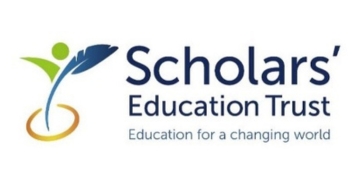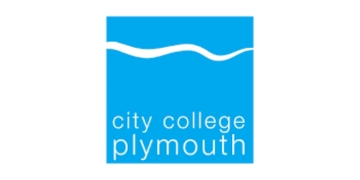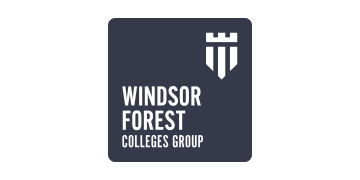City & Guilds’ Content Exchange will share digital learning materials, saving time for tutors and students who spend hours looking for quality resources, says Kirstie Donnelly
Technology has connected the world. Young people who have grown up with mobile phones and laptops can’t imagine a world without it.
About 75 per cent of 16 to 24-year-old who responded to YouthNet research said they couldn’t live without the internet, and 45 per cent said they were happiest when online.
This paints a clear picture: the internet, and technology more broadly, is central to engaging with young people. In a time of rising youth unemployment, investing in engaging and inspiring young people, however we can, is a priority.
However, even though technology is becoming embedded into virtually everything we do, FE has faced barriers and issues.
This has been recognised by the Ufi Charitable Trust, an organisation that funds technological projects to improve vocational education. And the first recipient of the trust’s funding? I’m pleased to say it’s City & Guilds’ Content Exchange.
The exchange is a hub where all types of digital learning materials can be shared throughout the FE sector. Our research suggests that some 75 per cent of teaching and learning content is user-generated, and yet it isn’t being shared. As a result, tutors and learners spend evenings and weekends looking for learning content. Our vision is to create a resource that puts high-quality resources at their fingertips, saving everyone time while improving the quality of content.
‘Marketplace’ concepts are popping up everywhere, so the model and theory behind are not new. For example, LinkedIn could be seen as a type of content exchange, where people can connect with like-minded individuals within their industry and share articles, videos, job vacancies and so on.
75 per cent of teaching and learning content is user-generated, and yet it isn’t being shared”
We know through our work with employers, as well as FE colleges and training providers, that there are some great pieces of learning content that need to be shared. If we can start to pool these resources, we believe that we will see six benefits: less time spent by learners and tutors sourcing information and resources more motivated learners opportunities for contributors to make money through selling their content reduced costs for colleges – they won’t have to buy or search for content a community where people can recommend and review resources improved quality of resources, thanks to awarding body approval, and user testimonials.
It’s early days yet, with the project focusing on hairdressing, beauty therapy, cookery and carpentry. This will allow us to test demand and see where there are areas for improvement. If the pilot is successful, we hope to create a community working together to enhance the quality and accessibility of learning resources.
The Content Exchange is just one way that technology can help to enhance learning, but there are so many other opportunities. For instance, City & Guilds has recently acquired Kineo, a global e-learning services company. Kineo has always operated an open-source model and is inspiring us to do the same.
As a result, we’re exploring how we can connect the learning that happens within employers, to learning within FE colleges and training providers.
This has the potential to make the Content Exchange richer and more relevant, so people can develop the skills they need for happy, successful careers.
City & Guilds is determined to keep pushing the boundaries in this space. Tell us if you have any ideas or would like to get involved. And keep your eyes open for more updates on the Content Exchange.
Kirstie Donnelly, director of product, learning and technology, City & Guilds







Over the years the government has funded many web platforms for sharing digital learning resources, most of them offering opportunities for sharing the outputs of funded projects and for providers to share digital resources that they have created. My experience is that colleges and providers haven’t extensively used these platforms to share resources and even the output of some excellent projects have been little used.
JISC Advance, an excellent government funded organisation that supports providers in their use of technology, has been encouraging colleges, universities and training providers to share digital learning resources for years. Jorum, funded by JISC, invites the UK Further and Higher Education community to share digital learning resources and is a well established portal. The current JISC Innovation grant is funding education.net a web platform for sharing digital learning resouces aimed at the vocational sector and of course we’ve had the Excellence Gateway around for a long time for sharing resources.
I do have to ask the question why is the UFI Charitable Trust funding the Content Exchange when there are perfectly good opportunities for sharing digital learning resources that already exist.